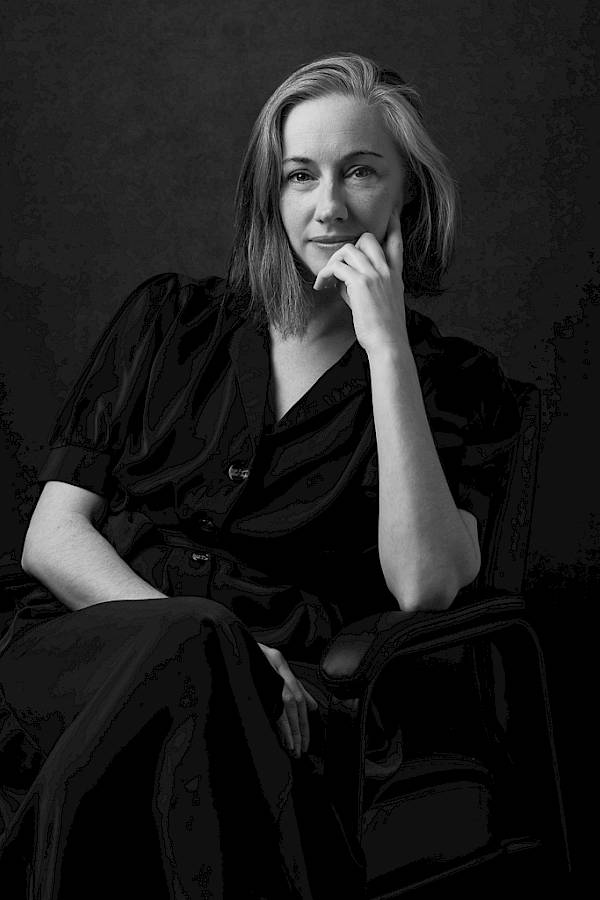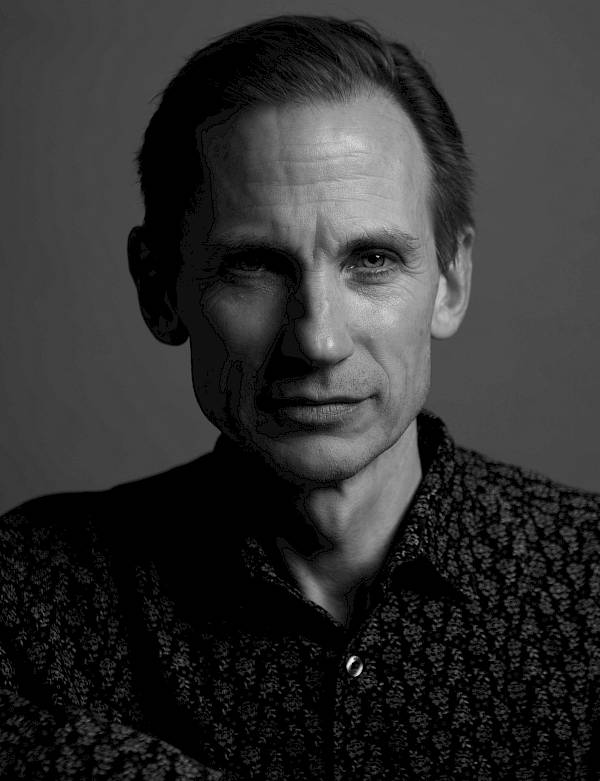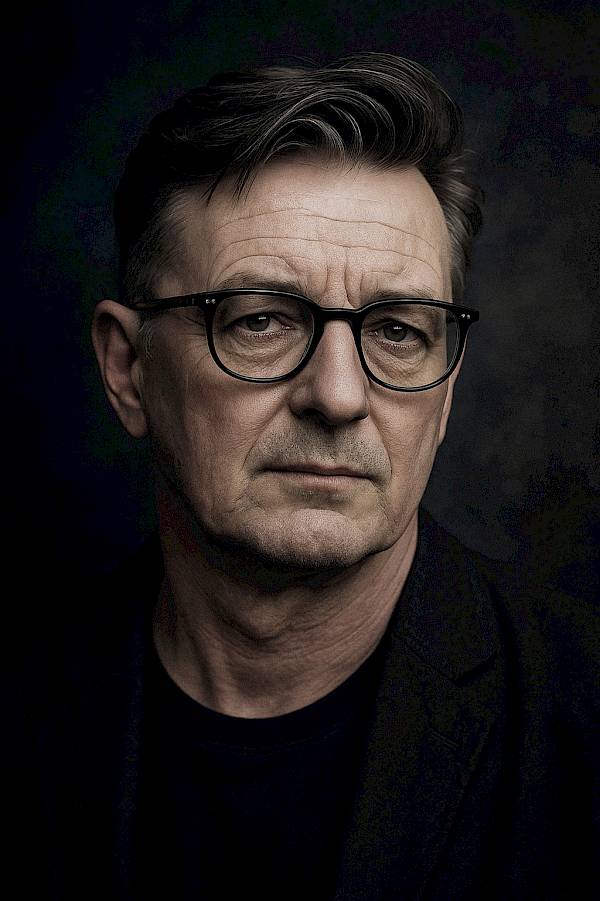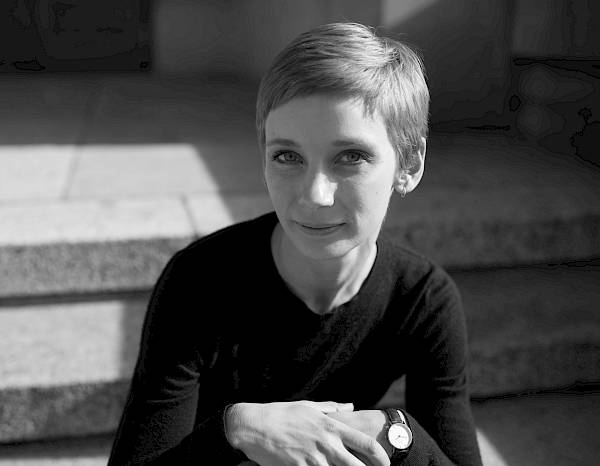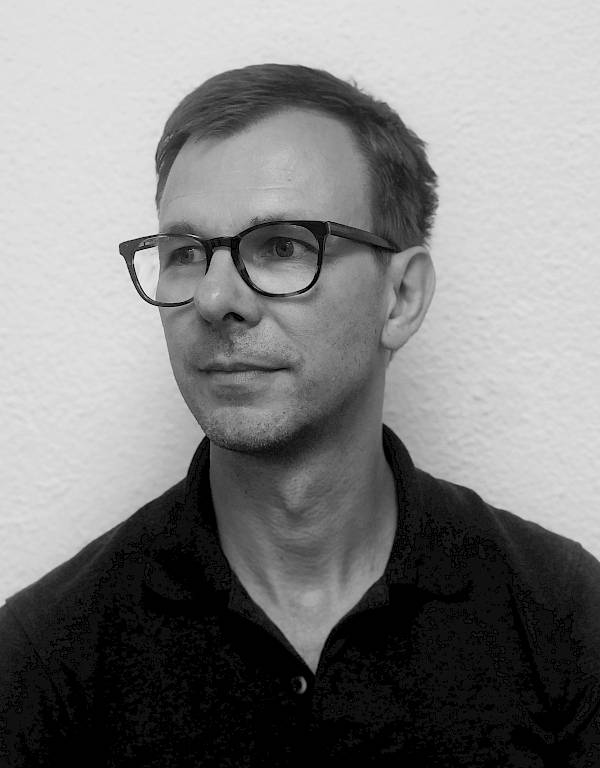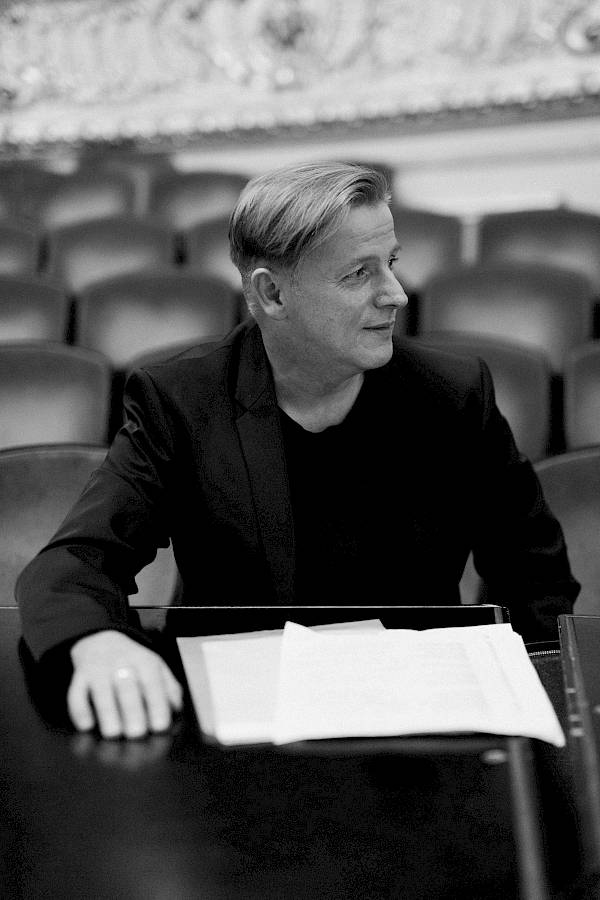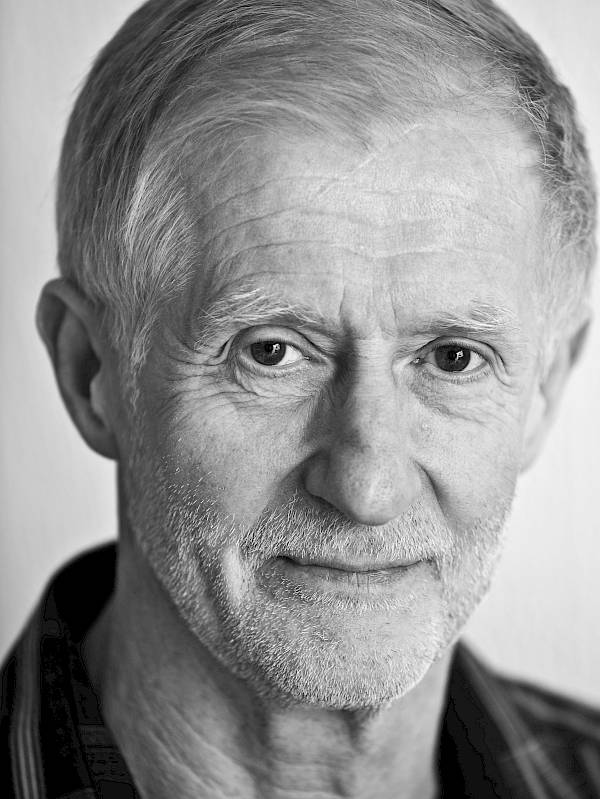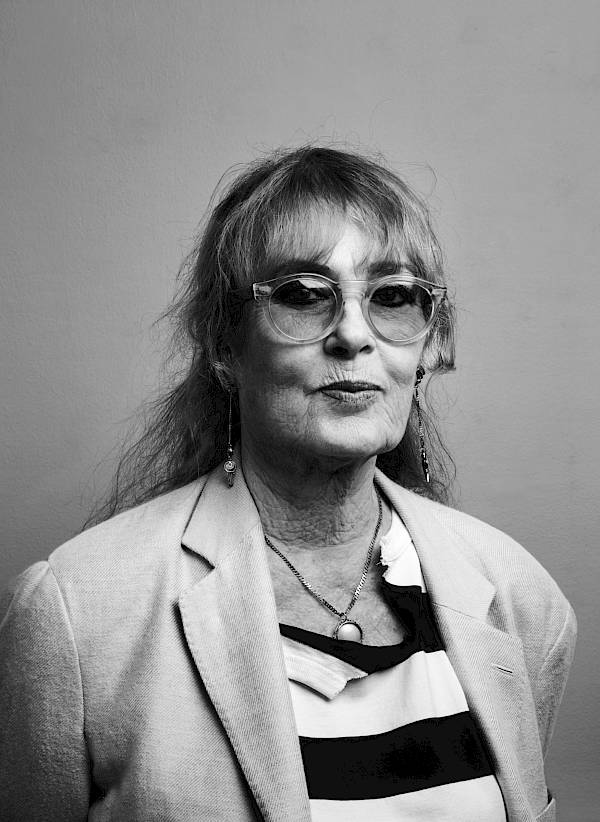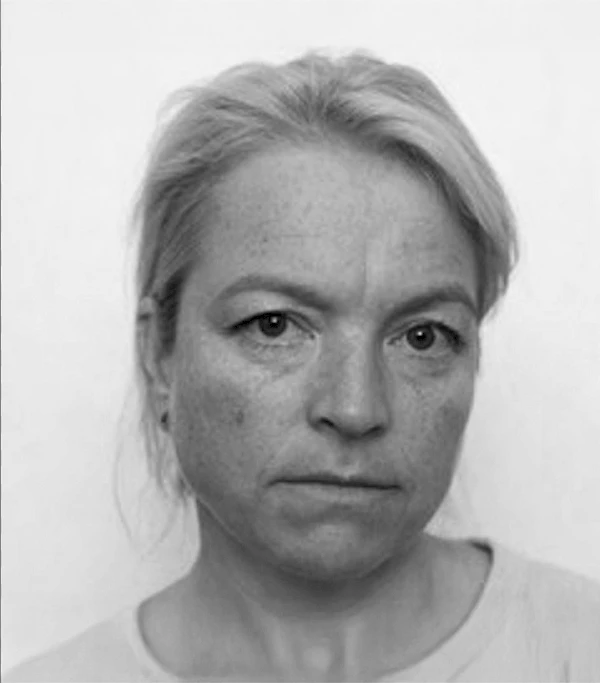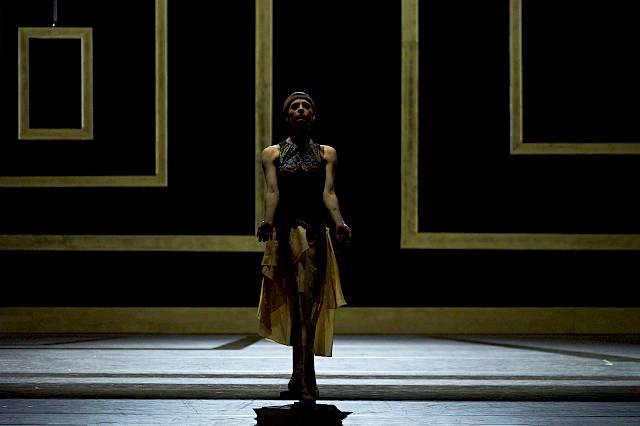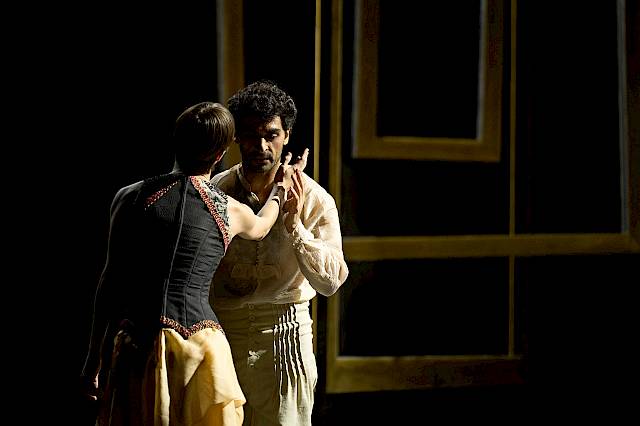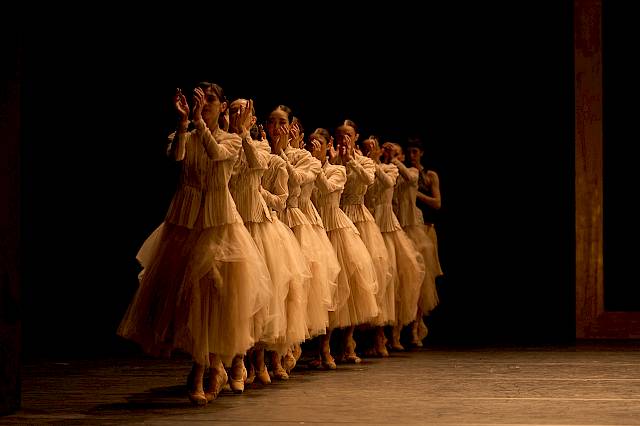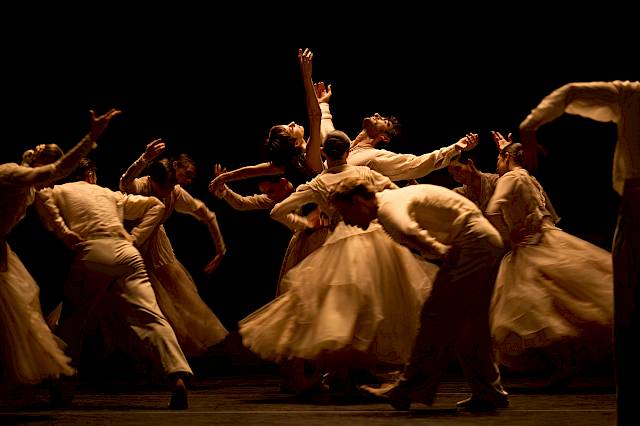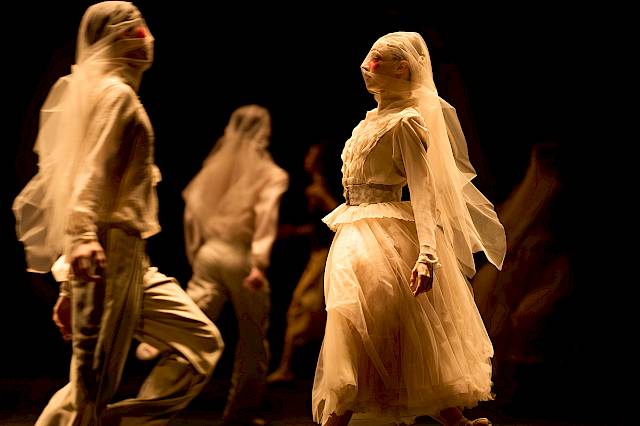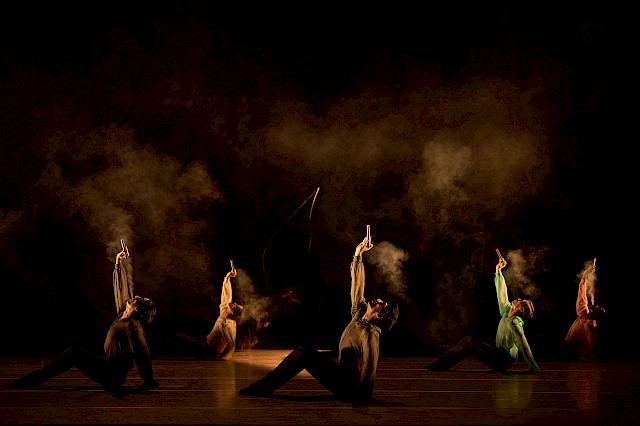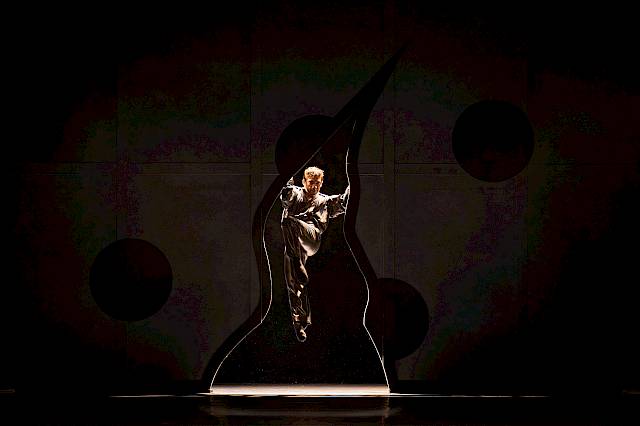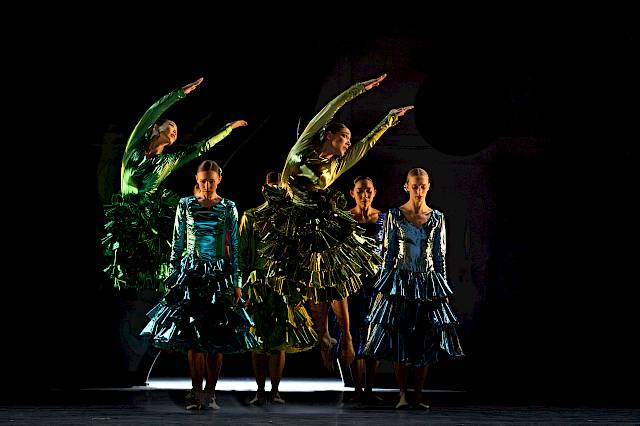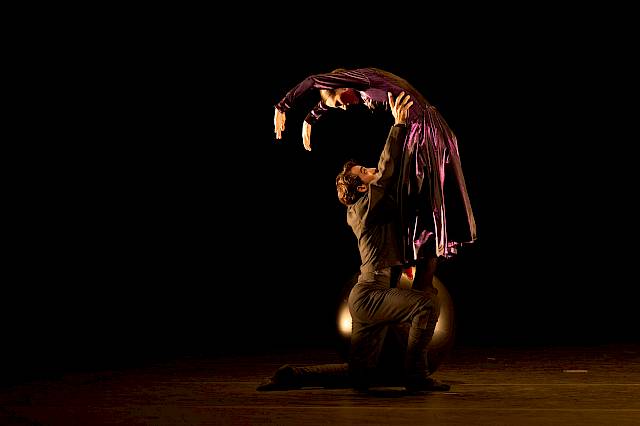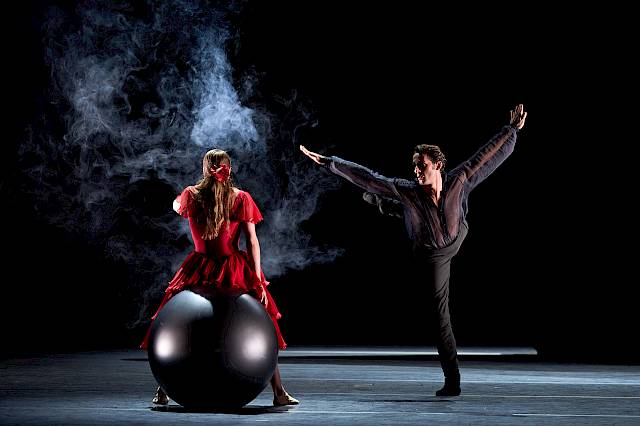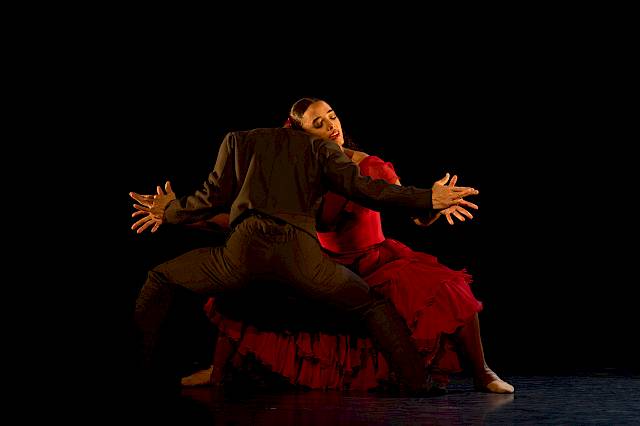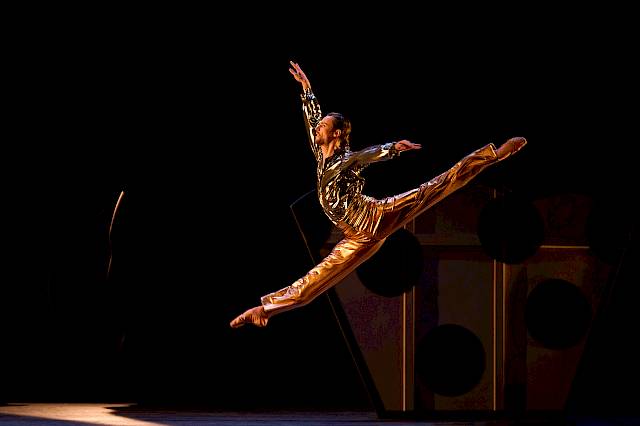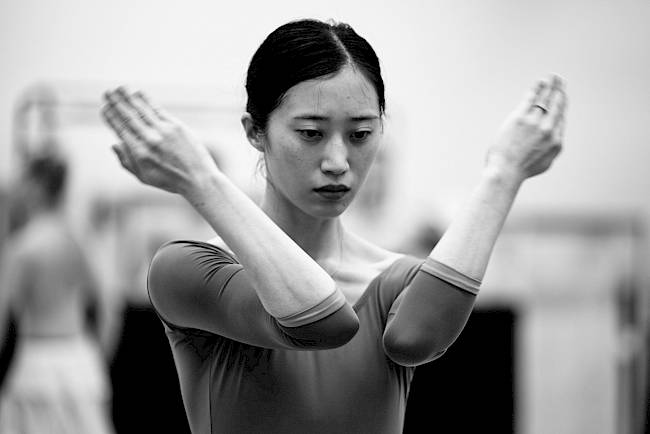Abstract
“L’amour est un oiseau rebelle” – the melody is world-famous. With this “Habanera,” the title character of Georges Bizet’s opera “Carmen” makes her entrance, and right from the start she makes it clear what she thinks of love – namely, that it cannot be forced. A hymn to freedom, one that will ultimately cost Carmen her life over the course of the opera. The desire to assert one’s own way of life and to overcome resistance – this drive unites the two strong personalities at the center of our two-part ballet evening. In the best sense, they are “Rebellious Birds” or “Oiseaux Rebelles.”
The Australian choreographer Dani Rowe, following an international dance career, now directs the Oregon Ballet Theatre in Portland (USA). For her first work with Ballett Zürich, she engages with Modest Mussorgsky’s famous piano cycle “Pictures at an Exhibition” in the orchestral version by Maurice Ravel. What is visited here, however, is not an art gallery but a life. In episodic visions, people, impressions, and experiences from the past pass before the central figure, “Human,” allowing them to draw new strength from remembered moments.
Mats Ek, one of the great choreographers of our time, returns to Ballett Zürich for “Oiseaux Rebelles,” after his bold reinterpretation of Tchaikovsky’s “Sleeping Beauty” was last seen here in 2014. As early as 1992, Mats Ek made Carmen the heroine of a ballet for the Cullberg Ballet. In doing so, he closely followed the story by Prosper Mérimée on which the opera is based, in which Don José recalls his history with Carmen in the moment before his execution. More than three decades after its premiere, Mats Ek’s interpretation has lost none of its freshness or relevance. In his play with classical gender roles, the legendary Swedish choreographer avoids the usual “Carmen” clichés and arrives at a deeply human interpretation.




